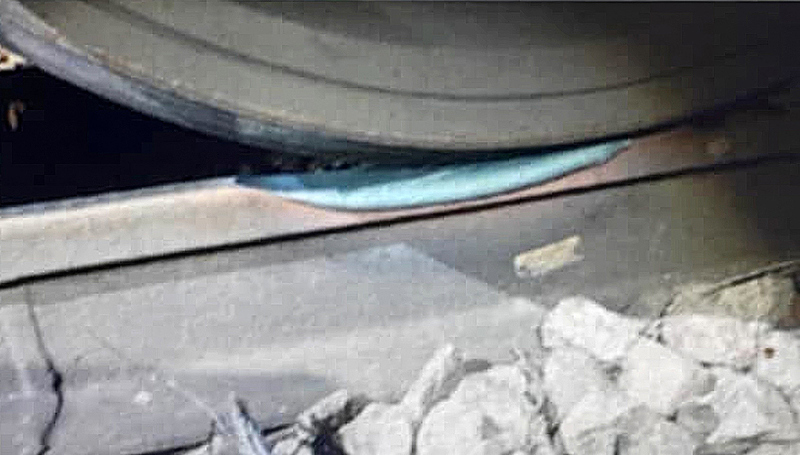
Poor rail adhesion has been blaimed for a train slipping so violently that it ground a deep groove into a pair of rails, which then had to be replaced. As a result, the line was closed all day.

Poor rail adhesion has been blaimed for a train slipping so violently that it ground a deep groove into a pair of rails, which then had to be replaced. As a result, the line was closed all day.
The incident, on a 1-in-157 gradient at Pontefract Baghill, West Yorkshire, on Wednesday October 23, saw a rail grinding train on the up line come to a halt on slippery rails at 0156.
It was unable to restart, but in the attempts, one axle spun out of control.
The location is on the Knottingley-Moorthorpe-Swinton route, mainly used by freight, with just three York-Sheffield passenger trains a day, each way.
Network Rail told RAIL that the line has a 35mph speed restriction, which meant the train was unable to ‘take a run at it’. The Sectional Appendix shows the normal line speed to be 60mph.
Full details of the incident have not been released by Network Rail, but information obtained by RAIL includes a picture of the railhead damage.
The rail grinding train was in transit at the time of the incident, on a circular run from/to York Skelton Sidings. The identity of the rail grinder, or the purpose of the run has not been revealed.
Under questioning, Network Rail admitted that the rail had to be replaced.
It says that an internal inquiry established that the grinder was “an older train not fitted with Wheel Slip Protection (WSP) and that this was combined with poor railhead conditions.” WSP prevents wheels spinning violently and causing this type of damage.
It also says that the railhead treatment train (RHTT) was not scheduled to work over the route, as it was not considered necessary due to the speed restriction.
RAIL’s information reveals that after the train became stuck, over two hours later at 0414, it was advised that there was damage to a wheelset and the rail.
After a Network Rail Mobile Operations Manager (MOM) and permanent way team were sent to site, at 0507 they advised that the railhead was so badly damaged it was unfit for traffic. Ultrasonic staff were then sent to the location to carry out an examination.
A locomotive arrived on site at 1313 to remove the rail grinder to Ferrybridge, after when the affected section of rail was cut out and replaced. This work was completed by 1704, followed by signalling work and checks.
A RHTT was then despatched to treat the line and completed its work by 1930. The line re-opened to normal traffic at 2130.
Network Rail was unable to tell RAIL anything about delays to trains, other than observing that it has a limited Northern Trains service and its use is largely by freight.
Login to continue reading
Or register with RAIL to keep up-to-date with the latest news, insight and opinion.

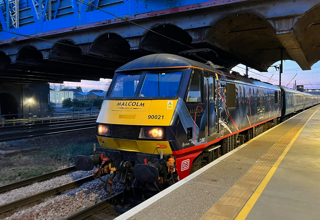
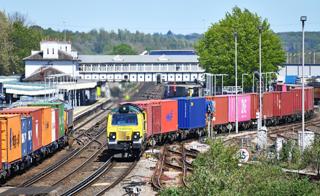
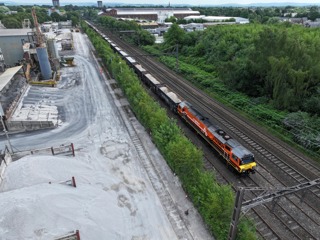
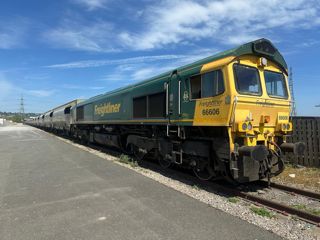
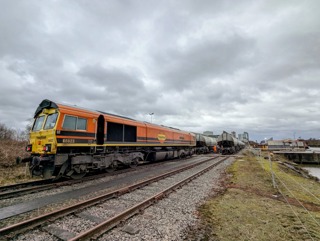










Login to comment
Comments
No comments have been made yet.